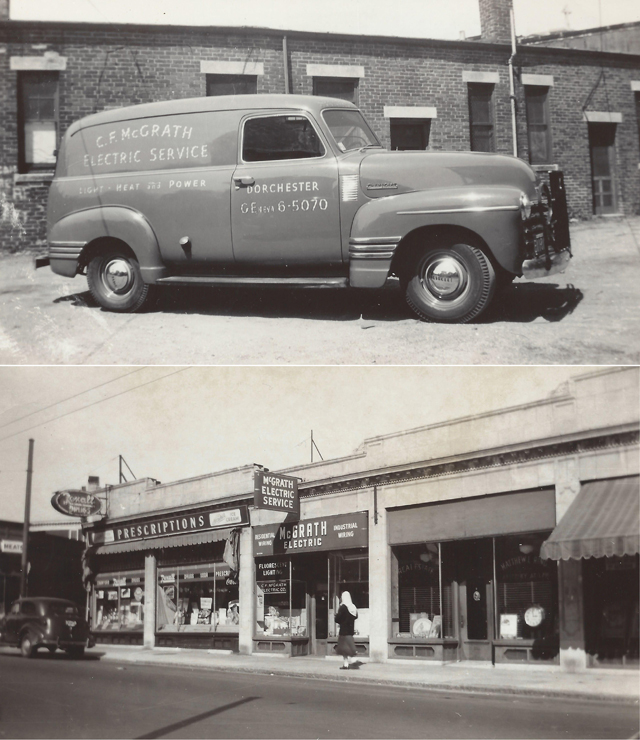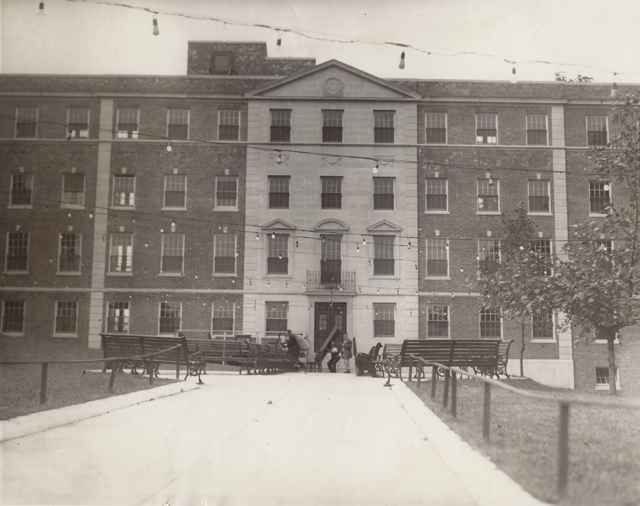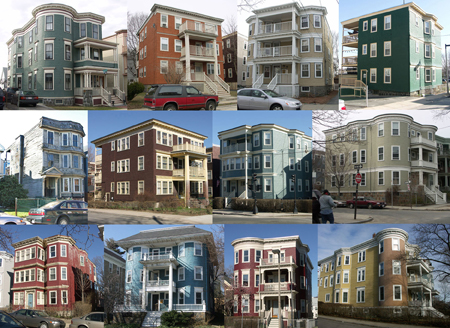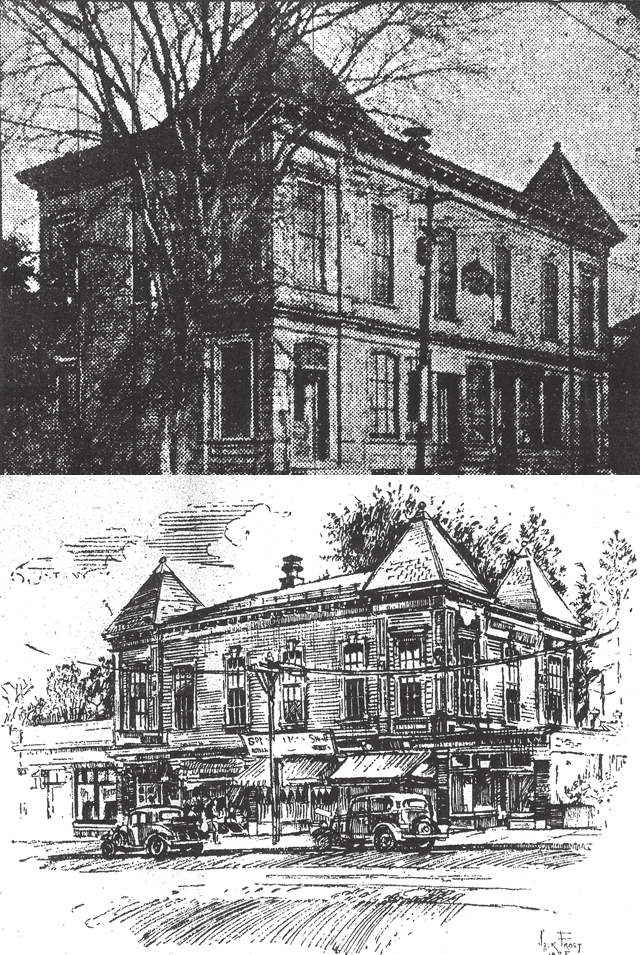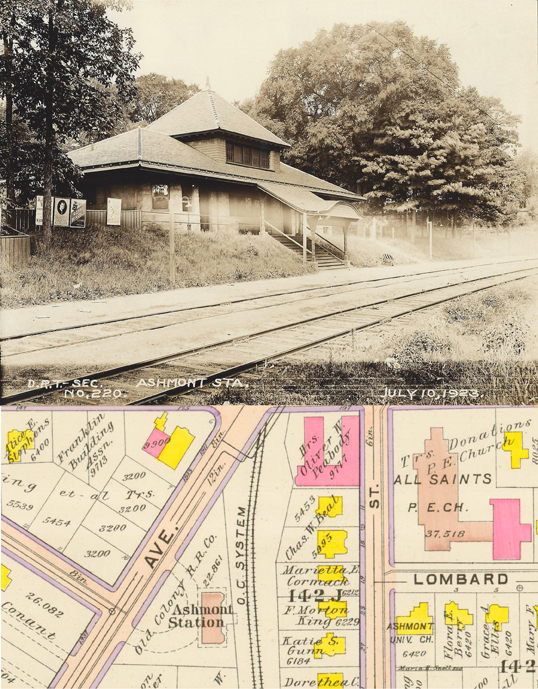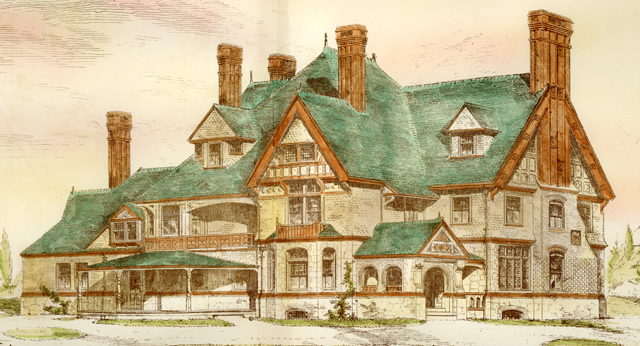 Dorchester Illustration no. 2172 Torrey House
Dorchester Illustration no. 2172 Torrey House
The Torrey mansion stood on the corner of Washington Street and Melville Avenue. Designed by Cabot and Chandler, the Torrey House was one of the most elaborate 19th-century homes in Dorchester.
ELBRIDGE TORREY was born in Weymouth, Massachusetts, September 17,1837. He died at his home in Dorchester, Massachusetts, January 2, 1914. Mr. Torrey belonged to the old school of Boston merchants, noted for their enterprise and sterling integrity. His philanthropies were many and of great variety, though always free from ostentation. It is within bounds to say that no man stood higher than he in the esteem and confidence of the people where he made his home for more than the past half century.
The following positions have been held by Mr. Torrey: President of Torrey, Bright & Capen Co. (carpet importers), since its incorporation, until he retired from business in 1907; corporate member of the American Board of Commissioners for Foreign Missions, from 1876, also a member of its Prudential Committee, serving until he resigned in 1893; Trustee of Mount Holyoke College from 1899 until his death; was elected a member of the Board of Trustees at Hartford Theological Seminary, and served 17 years, the last 3 of which he held the office of President. He then declined a re-election; President of Central Turkey College, and at the time of his death, of the Cullis Consumptives’ Home. He was one of the original members of the Boston Congregational Club. He was at one time unanimously elected its President but declined to serve. He was also a member of the Board of Council of the Home for Aged Couples and for fifty years was identified with the Second Church of Dorchester, was Deacon forty-five years, and Chairman forty-two years of the Board of Assessors of the Parish. He was Vice-president of the Congregational Church Building Society and a Director in the Massachusetts Society for the Prevention of Cruelty to Animals. He was for several years on the Board of Directors of the Elm Hill Home for Aged Couples. He was also for seventeen years on the Board of Trustees of Bradford Academy.
__
The Dorchester Illustration is sent occasionally. If you receive this e-mail by mistake, please reply to be taken off the e-mail list. If you know others who would like to receive the daily e-mail, please encourage them to join the group by going to http://groups.google.com/group/dorchester-historical-society. You may contact Earl Taylor at ERMMWWT@aol.com
If you value receiving the illustration, please express your appreciation by making a donation to the Dorchester Historical Society, either by regular mail at 195 Boston Street, Dorchester, MA 02125, or through the website at www.DorchesterHistoricalSociety.org

